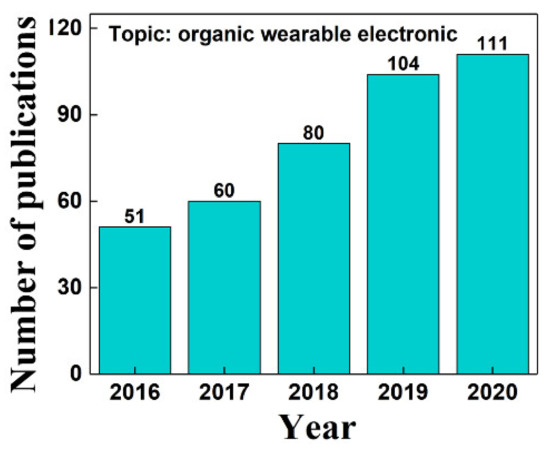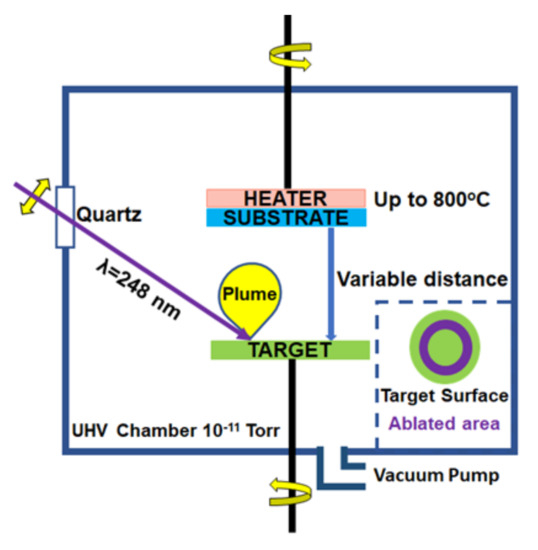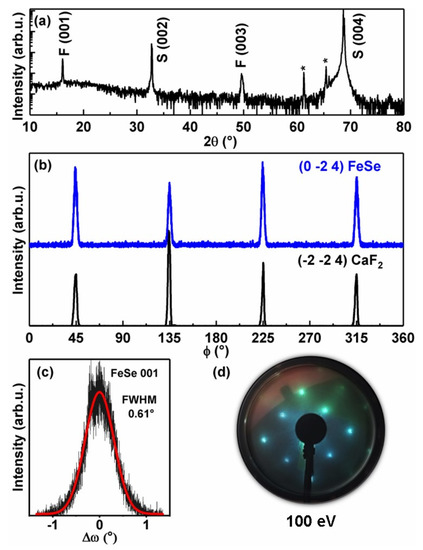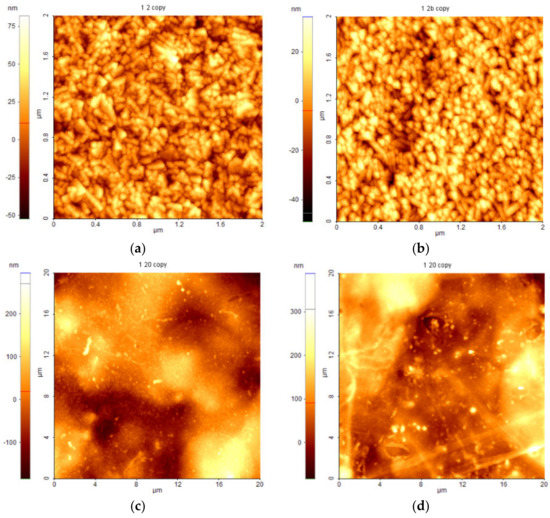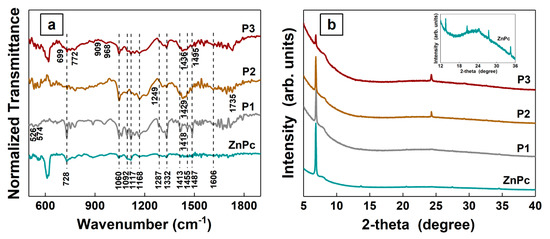Pulsed Laser Deposition of Thin Films: Recent Advances and Challenges (Closed)
A topical collection in Coatings (ISSN 2079-6412). This collection belongs to the section "Laser Coatings".
Viewed by 34936Editors
Interests: laser processing of biomaterials; surface nanostructuring; biomimetic materials; tissue engineering; laser synthesis of bioactive coatings; biointerfaces; microfluidic platforms; lab-on-a-chip devices; 3D bioprinting
Interests: biomaterials; nanostructures and pharmacophores; laser applications in nanostructures for controlled drug administration; implants and tissue engineering
Special Issues, Collections and Topics in MDPI journals
Topical Collection Information
Dear Colleagues,
Since its first introduction several decades ago, Pulsed Laser Deposition (PLD), proved a powerful technique for the synthesis of a broad spectrum of functional thin films. Indeed, with respect to other conventional physical vapor deposition techniques, PLD exhibits several advantages, such as control of stoichiometry especially for materials with complex composition, adherent coatings, easy to obtain multi-layered thin films and combinatorial maps, good versatility of experimental design, and morphology and crystallinity control, to mention a few. Moreover, tailoring the composition-structure-properties relationship of the coatings is possible by adjusting the deposition conditions.
Matrix-assisted pulsed laser evaporation (MAPLE) is a complementary deposition technique derived from PLD, extensively explored for the deposition of thin organic nanoparticle and composite coatings. High experimental versatility allows synthesis of delicate compounds such as proteins or polymers, without impeding the stability of their functional characteristics. Although initially designed for polymers, MAPLE evolved into various applications in biomimetic coatings, energy, sensing, wearable electronics, and photonic devices.
In view of creating a knowledge platform devoted to laser-based deposition technologies, we kindly invite you to submit your recent work to our Special Issue entitled “Pulsed Laser Deposition of Thin Films: Recent Advances and Challenges.”
This Special Issue is devoted to recent advances and further challenges of PLD and its derivate MAPLE techniques applied but not limited to:
- Biomimetic coatings (bioactive Calcium Phosphates, bio-glasses, biopolymers, and drug delivery systems)
- Sensors and biosensors
- Oxides and Transparent Conductive Oxides (TCO)
- Organic and inorganic solar cells layers and multilayers
- Smart windows and efficient energy coatings
- Catalysts and energy storage devices
- Hard carbides, nitrides and carbo-nitrides coatings
- Coatings for extreme enviroments
- Novel composites thin-films synthesis via material blending or multilayer assembling
- Modelling and/or theoretical studies devoted to laser-matter interactions and thin films growth leading to innovative functionalities
Dr. Emanuel Axente
Dr. Gabriel Socol
Guest Editors
Manuscript Submission Information
Manuscripts should be submitted online at www.mdpi.com by registering and logging in to this website. Once you are registered, click here to go to the submission form. Manuscripts can be submitted until the deadline. All submissions that pass pre-check are peer-reviewed. Accepted papers will be published continuously in the journal (as soon as accepted) and will be listed together on the collection website. Research articles, review articles as well as short communications are invited. For planned papers, a title and short abstract (about 100 words) can be sent to the Editorial Office for announcement on this website.
Submitted manuscripts should not have been published previously, nor be under consideration for publication elsewhere (except conference proceedings papers). All manuscripts are thoroughly refereed through a single-blind peer-review process. A guide for authors and other relevant information for submission of manuscripts is available on the Instructions for Authors page. Coatings is an international peer-reviewed open access monthly journal published by MDPI.
Please visit the Instructions for Authors page before submitting a manuscript. The Article Processing Charge (APC) for publication in this open access journal is 2600 CHF (Swiss Francs). Submitted papers should be well formatted and use good English. Authors may use MDPI's English editing service prior to publication or during author revisions.
Keywords
- laser-matter interactions
- biomimetic coatings
- organic, inorganic and hybrid thin films
- pulsed laser deposition (PLD)
- matrix assisted pulsed laser evaporation (MAPLE)
- combinatorial laser technologies
- surface micro-processing
- tissue engineering
- drug delivery
- sensors
- solar cells







